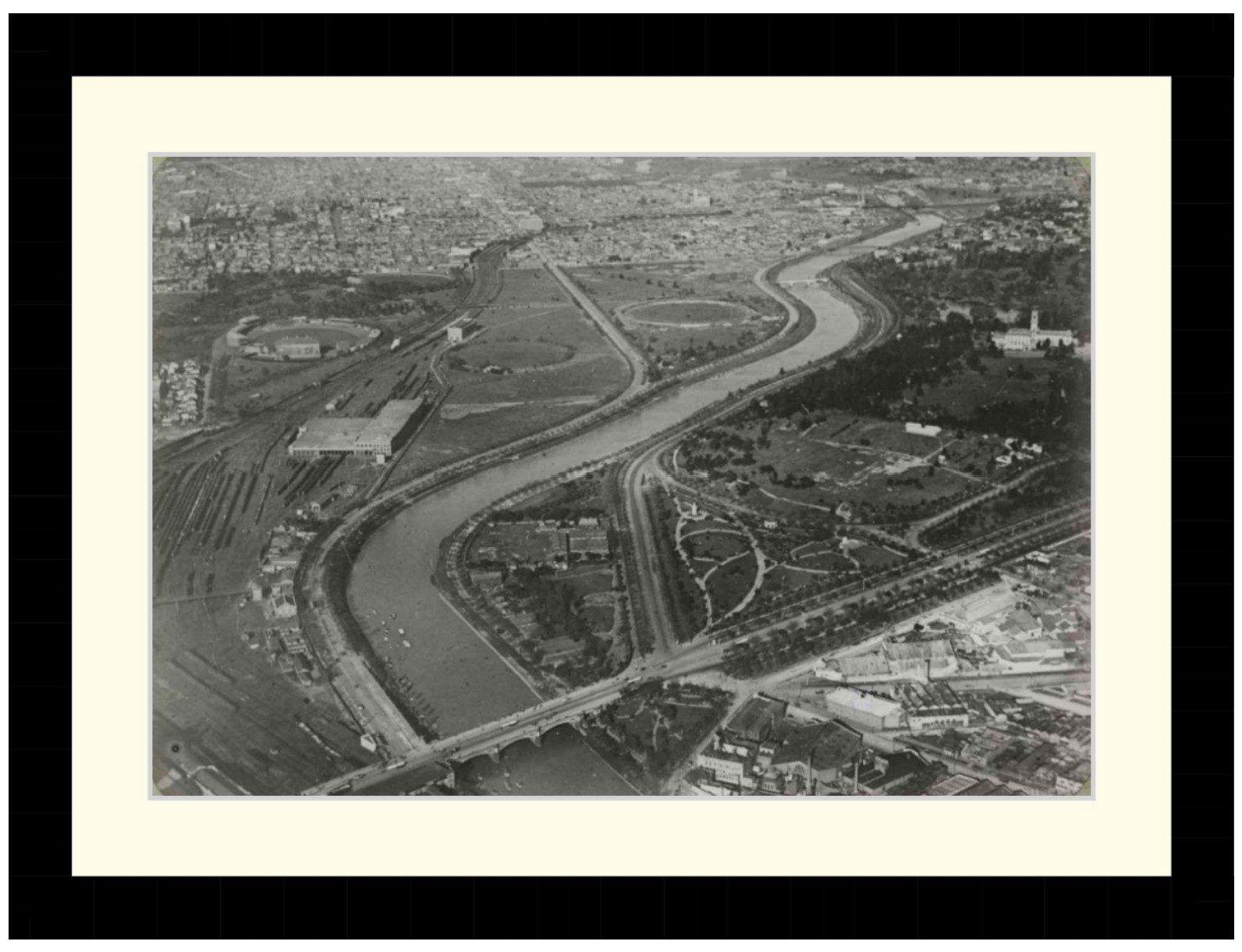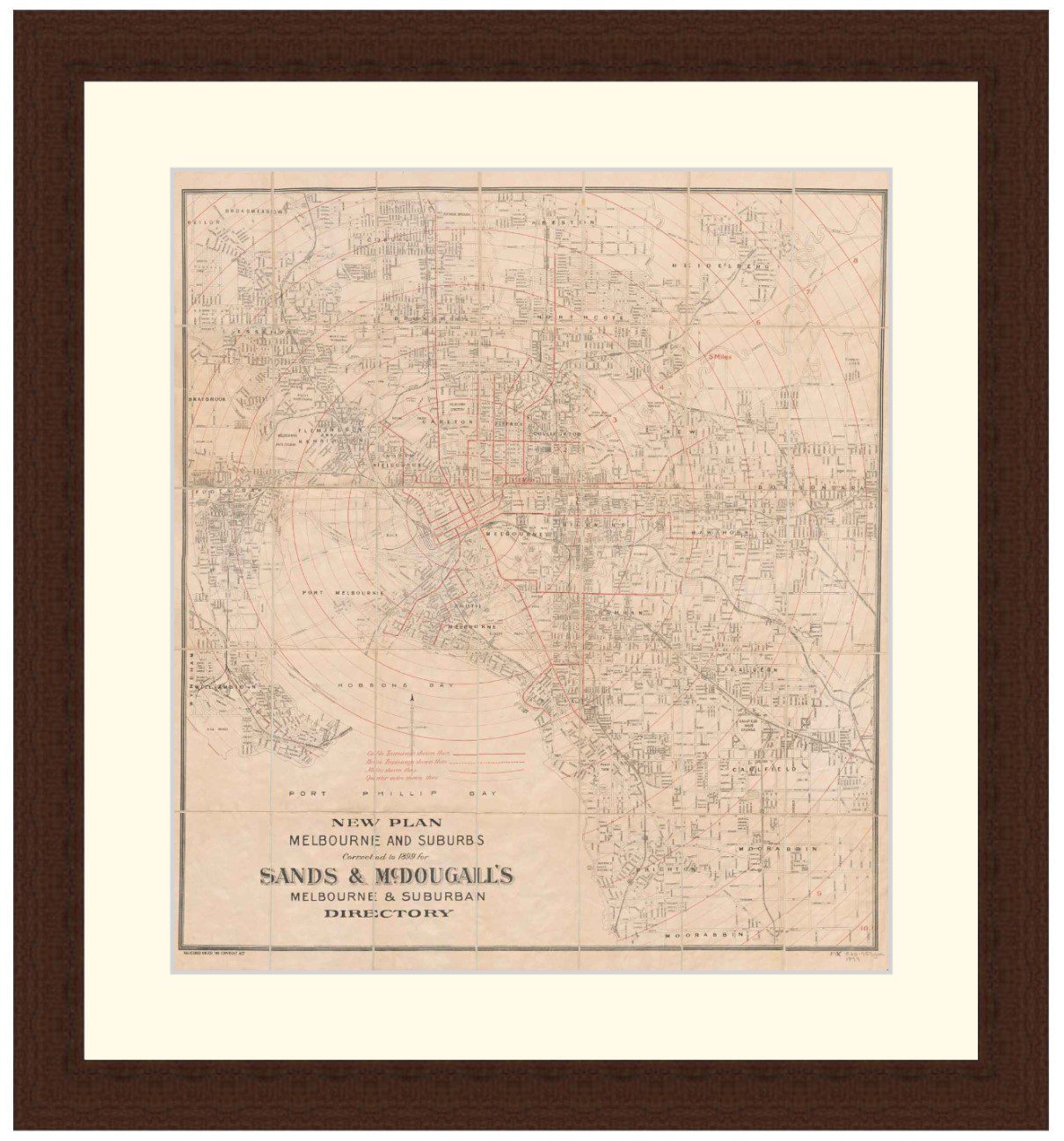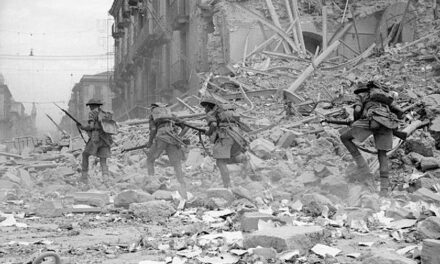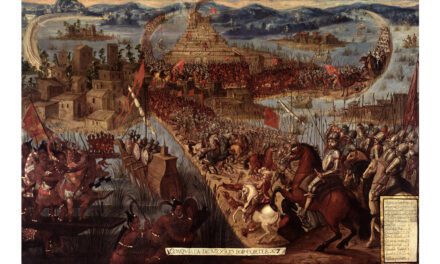History Guild General History Quiz 201
See how your history knowledge stacks up!
Want to know more about any of the questions? Scroll down to learn more!
Have an idea for a question? Suggest it here and we’ll include it in a future quiz!
The stories behind the questions
1. The Battle of the Monitor and Merrimack was part of which conflict?
US Civil War – Fought over two days in 1862 in Hampton Roads, an area where a confluence of rivers enter the Chesapeake Bay. The battle was a part of the effort of the Confederacy to break the Union blockade, which had cut off Virginia’s largest cities and major industrial centers, Norfolk and Richmond, from international trade.
2. Britain was the world’s largest colonial power in 1900. Which country was the second largest?
France – Britain was the largest Empire, with around 30 million sq km of territory. France was in second place at around 10 million sq km. Germany had around 3 million sq km, Spain had lost almost all of its colonial empire, and the USA acquired part of it in the Spanish-American War.
3. In 1985 the Greenpeace vessel Rainbow Warrior was bombed and sunk. Which country were the agents responsible from?
France – Opération Satanique saw French secret service agents plant limpet mines on the Rainbow Warrior in Auckland harbour. This was because Greenpeace had been protesting against French nuclear tests in the Pacific, which continued for a further decade. Two of the French agents were captured, pleading guilty to manslaughter and were sentenced to 10 years‘ imprisonment. France threatened an economic embargo of New Zealand’s exports to the European Economic Community if the pair were not released.
This was a period that saw poor diplomatic relations between France and most Pacific nations.
4. How long did the Chinese civil war last?
22 years – Beginning in 1927, it saw a three way conflict with Communist and Nationalist forces both fighting against Japan and each other for the majority of the period. It ended with Communist victory in 1947 and the Nationalists under Chiang Kai-Shek withdraw to Taiwan.
5. Who created the Montessori education system in 1907?
Maria Montessori, Italy’s first female doctor – She opened the Casa dei Bambini (Children’s House) to provide education to low-income children in Rome. Instead of using traditional teaching methods, Maria Montessori began testing her own child-centered educational theories in the classroom.
The educational system she devised is now used in over 20,000 schools worldwide.
6. Who painted The Nuremberg Trial, shown below?
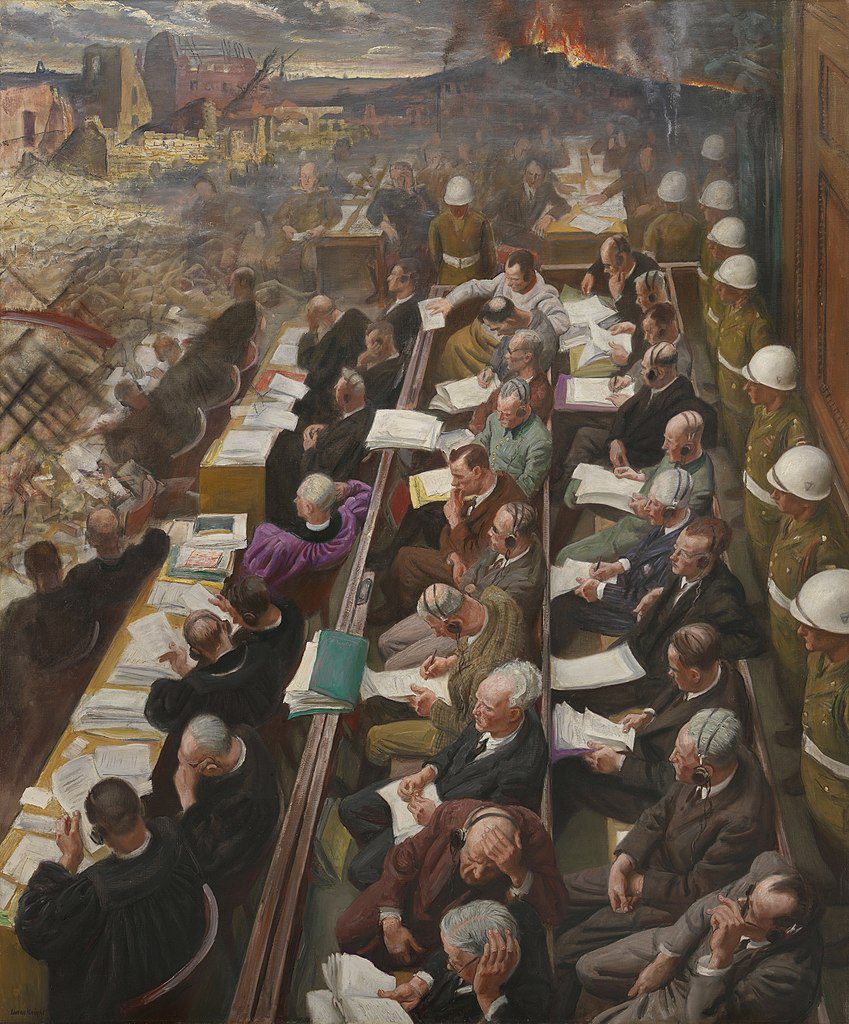
Dame Laura Knight – One of the most influential artists of the English Impressionism movement, Knight’s works include many works depicting the war service of British Women.
7. Where did Britain and her allies launch Operation Compass in 1940?
North Africa – Richard O’Connor took command of the 50,000-strong British Western Desert Force and was told to defend Egypt at all costs against half a million Italians. “I was given very sketchy instructions as to policy,” O’Connor later wrote, “I did not object, really, as I don’t mind being left on my own.” He planned Operation Compass, which was a spectacular success.
8. Which Spanish Monarch commissioned the Spanish Armada to invade England in 1588?
Philip II – The armada was to to collect the Spanish army from the Netherlands, where they were fighting, and take them to invade England. This invasion intended to was to reinstate Catholicism in England, end English support for the Dutch Republic, and prevent attacks by English and Dutch privateers against Spanish interests in the Americas.
9. When was Tutankhamen’s tomb opened?
1922 – The tomb of Tutankhamun was discovered in the Valley of the Kings in 1922 by excavators led by the Egyptologist Howard Carter, more than 3,300 years after Tutankhamun’s death and burial. It was the first largely intact royal burial from ancient Egypt to be unearthed.
10. How long did Harold II rule England prior to his death at the battle of Hastings?
9 months – His short but eventful reign as the last Anglo-Saxon King of England began with the death of Edward the Confessor in January 1066. Harold was crowned, but wasn’t the only contender for the rulership. In late September, he successfully repelled an invasion by rival claimant Harald Hardrada of Norway in York before marching his army back south to meet William the Conqueror at Hastings two weeks later, where he was killed.


